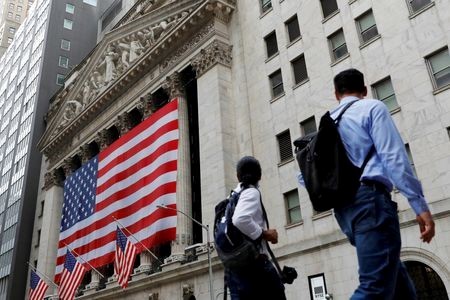




Quarterly Economic Growth Release: More BSP cuts to come
 DOWNLOAD
DOWNLOAD

Monthly Economic Update: Fed catches up
 DOWNLOAD
DOWNLOAD

Inflation Update: Steady and mellow
 DOWNLOAD
DOWNLOAD


Policy uncertainty drives investors into US medium-term bond funds

March 20 – Investors are flocking to US medium-term government bond funds and helping push their assets to record highs, as uncertainty about the Federal Reserve’s policy path prompts them to seek the sweet spot between income and protection.
According to Morningstar Direct data, US medium-term government bond funds, which include Treasuries and debt issued by government-linked agencies, attracted USD 9.8 billion in the first two months of this year. That compared with just USD 2.3 billion for long-term government funds and an outflow of USD 3.5 billion from short-term government bond funds.
Assets under management (AUM) at US medium-term government bond funds stood at a record USD 252 billion at the end of February, up 2% this year, the data showed. By contrast, the AUM at US short-term and long-term government bonds had dropped 3.8% and 2.7% to USD 93.4 billion and USD 158.3 billion respectively.
The rush into medium tenors has been driven by shifting expectations for Fed policy. In early 2023, as the Fed’s swift policy tightening caused the yield curve to invert, investors sought short-term bonds for their yields.
Bond prices move inversely with yields. So, as talk of rate cuts grew in the second half of last year, investors flocked to long-term bonds whose yields would tend to fall more, hence boosting their prices and yielding capital gains.
The scenario has changed again this year. As the Fed contemplates cutting rates but inflation remains sticky, markets have gone from pricing six rate cuts in 2024 FEDWATCH at the end of December to now expecting just three rate cuts – reshaping investor strategies in the bond market once more.
“Some of this uncertainty in the rate path could be a driver of moving towards the middle of the curve, as investors want to have duration exposure, but don’t feel confident enough in the Fed path to be long on the yield curve,” said Michael Parnell, senior strategic research analyst at Verus.
The US central bank is likely to keep borrowing costs unchanged at its Wednesday meeting, while new projections may hint at a slower and delayed approach to future rate cuts.
Analysts say medium-term bonds offer the best of both scenarios, helping investors tie up current high yields for a reasonably long period of four to 10 years while mitigating the risk of big price losses on longer-tenor bonds should yields keep rising.
“Medium-term bond funds could continue to attract more flows over the next few quarters as they present a nice income opportunity and an appealing risk and reward profile for price action relative to duration, culminating in an attractive total return opportunity,” said Karen Manna, portfolio manager at Federated Hermes.
(Reporting by Patturaja Murugaboopathy; Additional reporting by Gaurav Dogra in Bengaluru; Editing by Vidya Ranganathan and Mark Potter)
This article originally appeared on reuters.com





 By Reuters
By Reuters